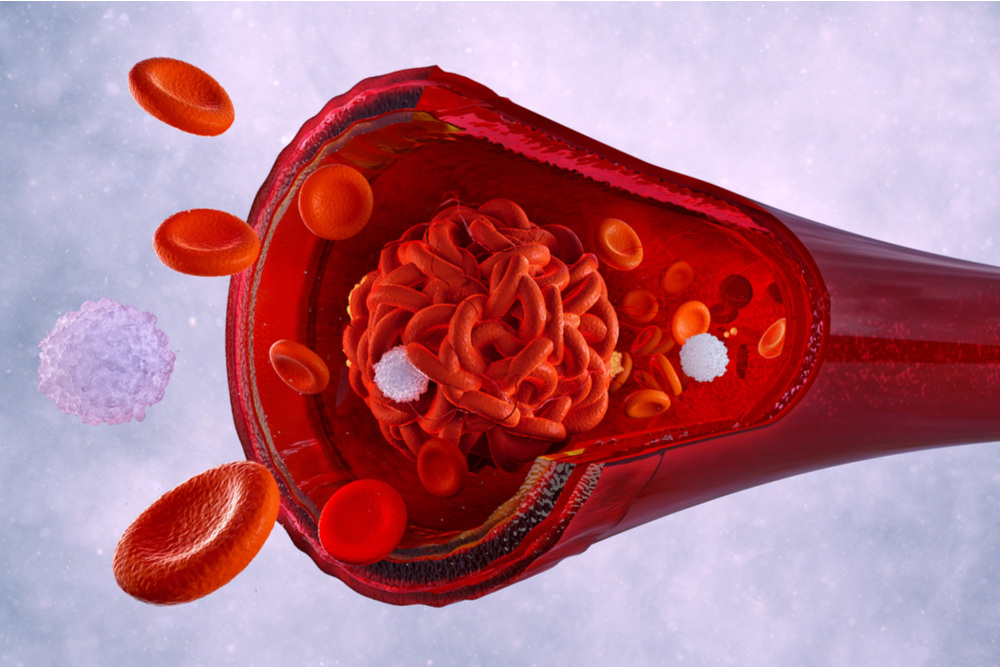Chronic Venous Disease (CVD) refers to other chronic conditions related to or caused by veins that become diseased or abnormal. Chronic venous insufficiency (CVI) occurs when the valves in the leg veins are not working properly, causing blood to collect in the veins rather than return to the heart. This is called stasis.
Healthy veins contain valves which open and close to keep the blood moving in the right direction. Problems develop when some of those valves become damaged and stop working. This results in backward flow (“reflux”) of blood in the veins, and a slower drainage of the used blood from your legs. This is called Chronic Venous Disease (CVD).
What are the symptoms of Chronic Venous Disease?
Common signs of CVD in the legs include swelling, fatigue, pain, large visible veins, and in advanced cases, skin color changes, and even poorly healing wounds (ulcerations).
- Leg pain
- Leg discomfort (itching/cramping/restless legs/heaviness)
- Leg fatigue
- Spider Veins
- Varicose Veins
- Swelling/ “Edema”
- Skin changes/ “Stasis Dermatitis”
- Ulceration
How is CVD treated?
The first step in management is an accurate diagnosis performed by a trained professional using non-invasive doppler ultrasound. Following diagnosis, most insurance will require a trial of conservative measures like wearing medical-grade compression stockings/hose. If the problem is not improved, minimally-invasive procedures, performed in the comfort of our office may be needed.
